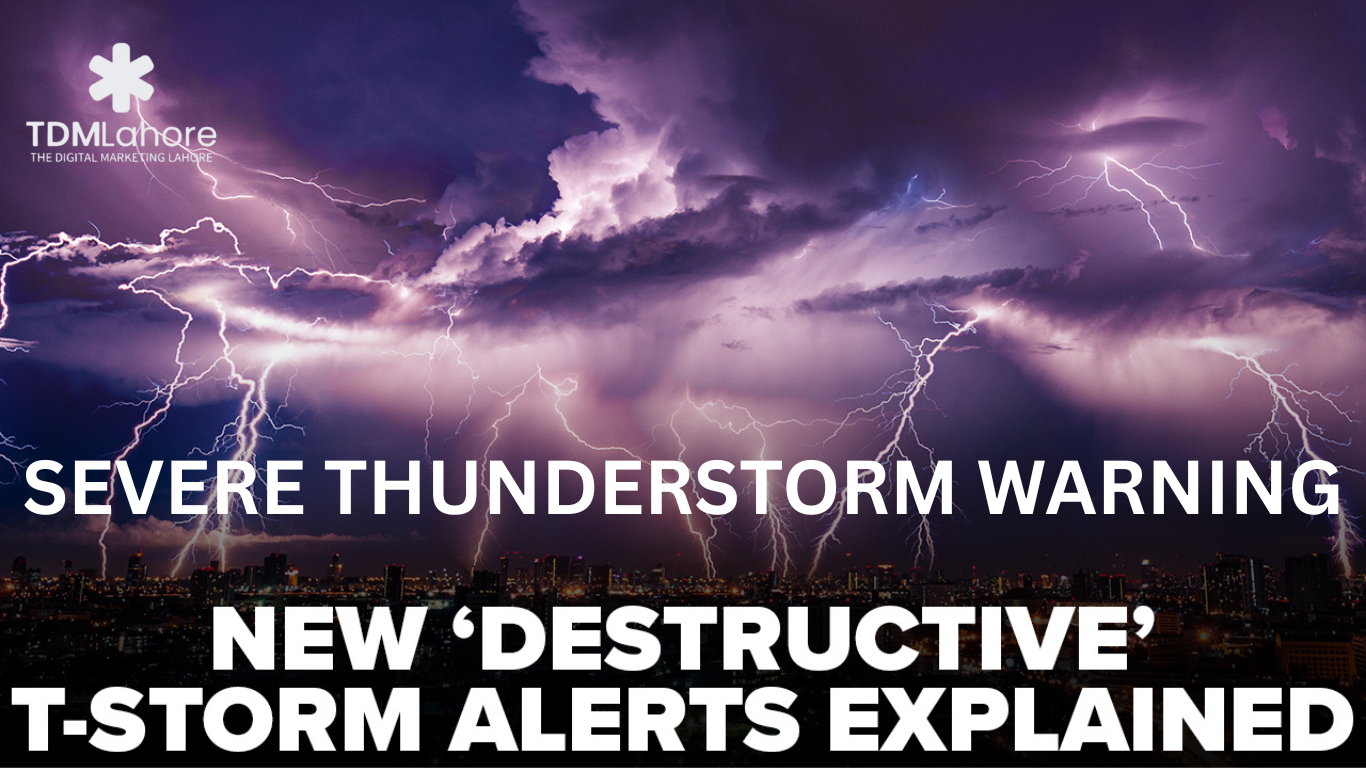
Understanding Severe Thunderstorm Warnings and Staying Safe
A severe thunderstorm warning is a serious alert issued by the National Weather Service (NWS) when a severe thunderstorm is imminent or already occurring in your area. These storms can bring damaging winds, large hail, and even tornadoes, posing significant risks to life and property.
What to Expect During a Severe Thunderstorm:
- Damaging Winds: Gusts exceeding 58 mph can cause widespread tree damage, power outages, and structural damage to buildings.
- Large Hail: Hailstones larger than 1 inch in diameter can cause significant damage to vehicles, crops, and property.
- Flash Floods: Heavy rainfall can lead to rapid rises in water levels, causing flash floods in low-lying areas.
- Tornadoes: In some cases, severe thunderstorms can spawn tornadoes, which are powerful and destructive rotating columns of air.
What to Do During a Severe Thunderstorm Warning:
- Seek Immediate Shelter: Move indoors to a sturdy building, such as a basement or an interior room on the lowest level. Avoid windows and doors.
- Unplug Electronics: To protect them from potential power surges caused by lightning strikes.
- Stay Away from Water: Do not go swimming, boating, or fishing during a severe thunderstorm.
- Avoid Being Outside: Stay away from trees, open fields, and other exposed areas.
- Listen to Weather Alerts: Continuously monitor weather updates from local news, the National Weather Service (NWS), and Digital Platforms.
Tornado Warning: A More Serious Threat
A tornado warning is issued when a tornado has been sighted or indicated by weather radar. This is a critical situation requiring immediate action.
- Seek Immediate Shelter: If possible, move to a basement or an interior room on the lowest level of a sturdy building. Cover yourself with a blanket or mattress for added protection.
- If a Basement is Unavailable: Go to an interior room on the lowest level, away from windows. Get under a sturdy piece of furniture such as a heavy table and cover yourself with a blanket or mattress.
- Stay Away from Windows: Strong winds and flying debris can shatter windows, causing serious injuries.
Staying Safe in Bloomington (or any other location):
- Develop a Severe Weather Plan: Create a family emergency plan that includes a designated safe room and an evacuation route.
- Have a NOAA Weather Radio: This radio will provide timely alerts and warnings.
- Charge Your Devices: Ensure your phones and other devices are charged so you can receive emergency alerts.
- Stay Informed: Monitor weather forecasts and warnings from reliable sources like the NWS website or local news.
FAQs
1. What is the difference between a severe thunderstorm watch and a warning?
- Watch: Conditions are favorable for severe thunderstorms to develop.
- Warning: A severe thunderstorm is imminent or already occurring.
2. What are the signs of an approaching severe thunderstorm?
- Dark, often greenish clouds
- Strong winds
- Hail
- Loud thunder
3. How long does a severe thunderstorm typically last?
Severe thunderstorms can last from 30 minutes to several hours.
4. What is the safest place to be during a tornado?
The safest place is in a basement or an interior room on the lowest level of a sturdy building.
5. How can I receive severe weather alerts?
- NOAA Weather Radio
- Local news broadcasts
- Weather apps on your smartphone
- The National Weather Service website (weather.gov)
- YOUTUBE Channels
By following these safety tips and staying informed, you can minimize the risks associated with severe thunderstorms and tornadoes.
Disclaimer: This information is provided for general knowledge and awareness purposes only. It should not be considered a substitute for professional advice or guidance from qualified emergency management personnel.





https://shorturl.fm/uyMvT
https://shorturl.fm/47rLb